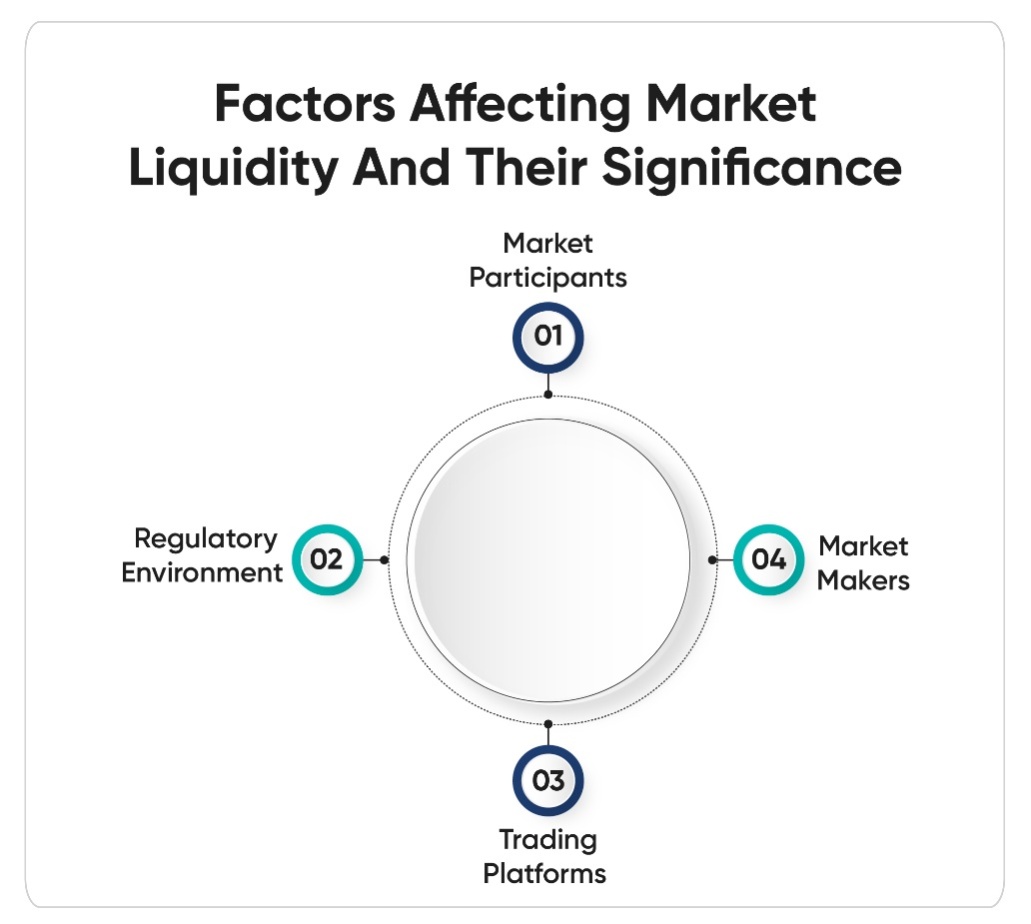In the dynamic world of digital assets, real-world asset tokens are becoming increasingly prominent. These tokens, representing tangible assets like real estate, commodities, or even fine art, offer a bridge between traditional finance and the burgeoning field of blockchain technology. As of 2023, the market for asset-backed tokens has surged, projected to reach an estimated value of over $300 billion.
However, one of the critical factors determining the success and stability of these tokens is liquidity. This blog explores why liquidity is crucial for real-world asset tokens, exploring its impact on trading efficiency, market stability, and investor confidence.
Understanding Real-World Asset Tokens
Real-world asset tokens are digital representations of physical assets, leveraging blockchain technology to enable fractional ownership, ease of transfer, and enhanced transparency. These tokens allow investors to buy and sell fractions of high-value assets, making investments more accessible and liquid compared to traditional ownership models.
For instance, tokenizing real estate allows multiple investors to own a portion of a property, which can be traded on digital exchanges. Similarly, tokenizing commodities like gold can enable smoother and more efficient trading, bypassing the need for physical transfer.
The Importance of Liquidity in Asset Tokens
Liquidity refers to the ease with which an asset can be bought or sold in the market without affecting its price. High liquidity indicates a robust market with many participants, while low liquidity can lead to price volatility and difficulty in trading. Here’s why liquidity is essential for real-world asset tokens:
1. Enhanced Trading Efficiency
Liquidity ensures that there is a steady supply of buyers and sellers in the market, facilitating smoother and quicker transactions. For real-world asset tokens, this means investors can enter or exit positions with minimal delay and slippage. This is particularly crucial in volatile markets where the ability to quickly respond to price changes can significantly impact investment returns.
For example, in the tokenized real estate market, high liquidity allows investors to quickly sell their shares if they foresee market downturns, thus minimizing potential losses. Similarly, in commodities, liquidity ensures that investors can efficiently rebalance their portfolios in response to market signals.

Bonus! Read our detailed guide (Team link to PB3: Mastering Advanced Crypto Trading: Integrating Derivatives and Real-World Asset Liquidity) to ensure you have all the basic information related to liquidity in crypto trading.
2. Market Stability
A liquid market is generally more stable as it can absorb larger trades without significant price disruptions. For real-world asset tokens, this stability attracts more investors, contributing to the overall growth and maturity of the market. Stability is particularly important for institutional investors who require predictable and steady markets to manage large portfolios.
For instance, tokenized gold markets benefit from high liquidity, ensuring that large trades by institutional investors do not lead to sharp price swings, thus maintaining market confidence and attracting more participants.

3. Investor Confidence
Liquidity is a key factor in building and maintaining investor confidence. Investors are more likely to invest in asset tokens if they are confident that they can easily buy or sell these tokens without facing significant price impacts or delays. High liquidity also indicates a healthy market with robust participation, which further boosts investor confidence.
4. Price Discovery
High liquidity contributes to better price discovery, ensuring that the token prices accurately reflect the underlying asset’s value. This transparency is critical for investors to make informed decisions, as it reduces the risk of price manipulation and enhances market efficiency.
In markets with low liquidity, prices can be easily manipulated by large trades, leading to mispricing and increased risk for investors. High liquidity mitigates this risk, providing a more reliable and accurate market.
Factors Affecting Liquidity in Real-World Asset Tokens

Several factors influence the liquidity of real-world asset tokens, including:
1. Market Participants
The number and diversity of market participants directly affect liquidity. A larger number of active traders, including retail and institutional investors, enhances liquidity. Initiatives to attract diverse participants, such as educational campaigns and incentives, can significantly boost market liquidity.
2. Regulatory Environment
A clear and supportive regulatory framework is crucial for enhancing liquidity. Regulations that protect investors and ensure market transparency encourage more participants, thereby improving liquidity. Governments and regulatory bodies need to create balanced policies that foster innovation while ensuring investor protection.
3. Trading Platforms
The availability of reliable and user-friendly trading platforms also impacts liquidity. Platforms that offer advanced trading features, high security, and ease of use attract more traders, thereby enhancing liquidity. Additionally, the integration of these platforms with global financial systems can further increase market participation.
4. Market Makers
Market makers play a vital role in providing liquidity by continuously offering to buy and sell tokens at competitive prices. Their presence reduces bid-ask spreads and ensures smoother trading. Encouraging the participation of market makers in the tokenized asset markets can significantly improve liquidity.
Tips for Enhancing Liquidity in Real-World Asset Tokens
- Diversify Market Participants:Attract a wide range of participants, including retail investors, institutional investors, and market makers, to enhance market depth and liquidity.
- Enhance Trading Infrastructure:Develop and maintain robust trading platforms that offer high security, advanced trading features, and seamless integration with traditional financial systems.
- Supportive Regulation:Work with regulatory bodies to establish clear, supportive regulations that protect investors and promote market transparency.
- Market Education:Educate potential investors about the benefits and risks of investing in real-world asset tokens to increase market participation.
- Incentives for Market Makers:Provide incentives for market makers to participate in the market, ensuring continuous liquidity and reducing bid-ask spreads.
The Indispensable Role of Liquidity in Real-World Asset Tokens
Liquidity is a cornerstone of the success and stability of real-world asset tokens. It enhances trading efficiency, ensures market stability, boosts investor confidence, and contributes to accurate price discovery. As the market for asset-backed tokens continues to grow, focusing on improving liquidity will be essential for attracting more participants and achieving long-term success.
At Kenson Investments, we understand the critical role of liquidity in digital asset markets. Our comprehensive digital asset investment solutions and strategic advisory services are designed to help clients navigate the complexities of the digital landscape. Join us to explore innovative investment opportunities and revolutionize your investment strategies in this dynamic era of digital assets.
Disclaimer: The information provided in this blog is for educational and informational purposes only and should not be construed as financial advice. Crypto currency investments involve inherent risks, and past performance is not indicative of future results. Always conduct thorough research and consult with a qualified financial advisor before making investment decisions.














